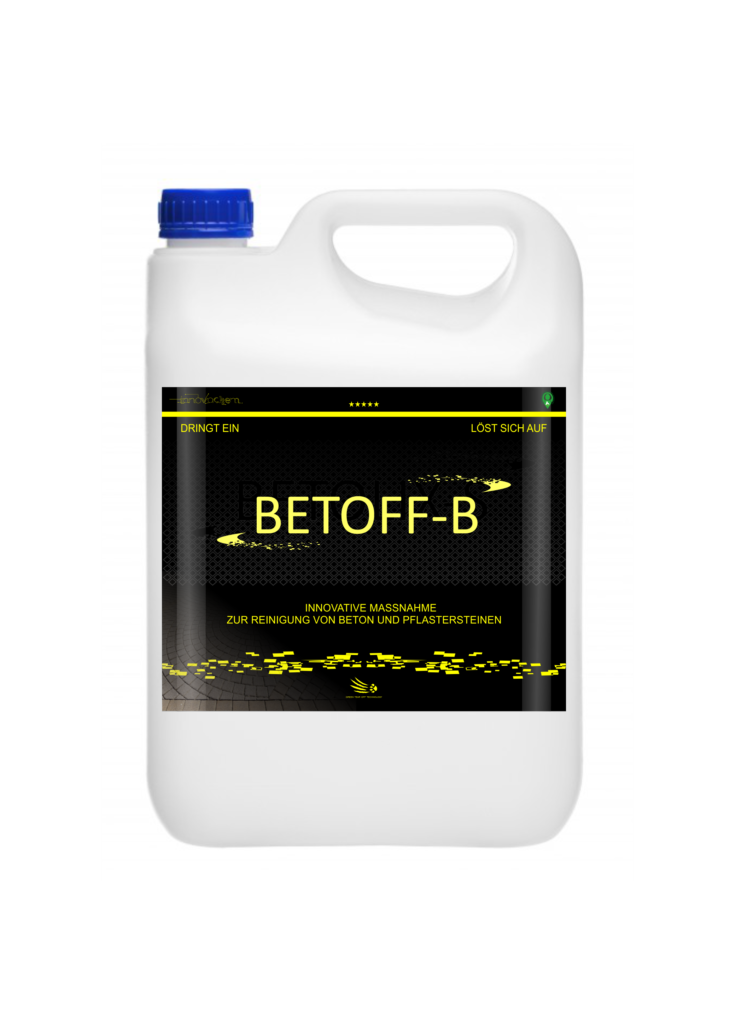Comprehending Concrete Façades. The adaptability and timeless attractiveness of concrete in contemporary design are demonstrated by concrete façades. Concrete façades are a mainstay of modern building architecture because of their durability and simple appearance. The many facets of concrete façades are examined in this article, with particular attention paid to their texture, cladding, and design, as well as its use in contemporary architectural projects.
Comprehending Concrete Façades. Sturdy and Classic Style
Because of its natural strength and resilience, concrete provides a strong and classic look that is highly prized in contemporary design. Concrete façades are strong, but they also offer a blank canvas for architectural expression due to their austere appearance. Buildings have an honest and unadorned character because of the raw, tactile quality of concrete.
Comprehending Concrete Façades. Flexibility in Form and Texture
Concrete’s adaptability enables a vast array of forms and textures in façade design. Every façade is different thanks to techniques like board-forming, which give concrete surfaces distinctive textures. Concrete is a popular material for architects who want to give their creations depth and personality because of its versatility in manipulating texture.
Comprehending Concrete Façades. Façade with Concrete Cladding
One recent development in concrete technology is concrete cladding façades. Precast concrete panels, which are lighter and simpler to install than conventional concrete, are used in these systems. Concrete cladding gives greater design flexibility, a quicker building process, and the durability and visual appeal of concrete.
Comprehending Concrete Façades. Energy Efficiency and Thermal Mass
Concrete façades’ thermal mass, which aids in controlling a building’s temperature, is one of their main benefits. Concrete’s density reduces the need for artificial heating and cooling by absorbing and storing heat. Because of this characteristic, concrete façades are an energy-efficient option, especially in areas with large temperature swings.
Use in Contemporary Architecture
- Business Structures
Concrete façades in commercial buildings provide a sleek, polished appearance along with useful features like low maintenance and durability. Concrete façade design’s adaptability offers distinctive branding possibilities with forms and textures that capture a business’s essence. - Household Initiatives
Concrete façades are utilized in residential building to produce warm and contemporary residences. While concrete’s resilience guarantees a long-lasting, low-maintenance façade, its roughness adds character and depth. - Institutional and Public Structures
Concrete façades are used for public and institutional buildings because of their durability and capacity to project a sense of stability and firmness. To create a powerful architectural statement, these structures frequently use imaginative concrete textures and shapes. - Spaces for Art and Culture
It is possible to mold concrete into a variety of shapes. It is a favorite in artistic and cultural settings because of the textural options it provides. These structures frequently have avant-garde concrete façade designs that are just as artistic as the exhibits within.
Comprehending Concrete Façades. Environmental Factors
Though concrete is a strong and adaptable material, sustainable design takes into account its effects on the environment. Concrete is becoming a more sustainable option than ever because of technological advancements that solve these issues, such as the use of recycled materials and more effective manufacturing techniques.

In conclusion
In contemporary architecture, concrete façades combine strength, adaptability, and simplicity. Concrete façades continue to push the limits of architectural design, whether it be through their inventive textures, energy-efficient qualities, or capacity to generate distinctive shapes. Their use in a variety of building types demonstrates the material’s versatility and timeless appeal in the field of architecture.
